PDF-Design For Testability Design For Testability --OrganizationOrganizati
Author : debby-jeon | Published Date : 2015-11-14
Overview of DFT TechniquesOverview of DFT Techniques AdAdhoc techniqueshoc techniques ExamplesExamples IO PinsIO Pins Scan TechniquesScan Techniques Full
Presentation Embed Code
Download Presentation
Download Presentation The PPT/PDF document "Design For Testability Design For Testab..." is the property of its rightful owner. Permission is granted to download and print the materials on this website for personal, non-commercial use only, and to display it on your personal computer provided you do not modify the materials and that you retain all copyright notices contained in the materials. By downloading content from our website, you accept the terms of this agreement.
Design For Testability Design For Testability --OrganizationOrganizati: Transcript
Download Rules Of Document
"Design For Testability Design For Testability --OrganizationOrganizati"The content belongs to its owner. You may download and print it for personal use, without modification, and keep all copyright notices. By downloading, you agree to these terms.
Related Documents

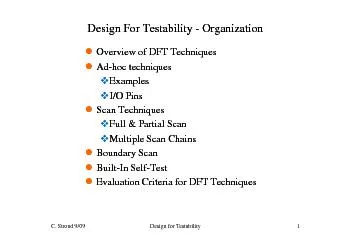
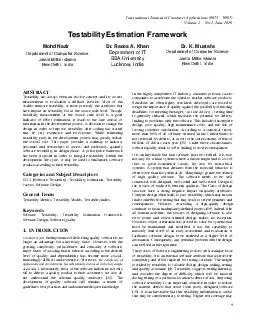


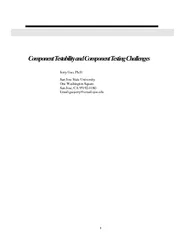

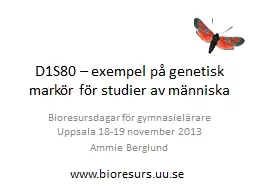


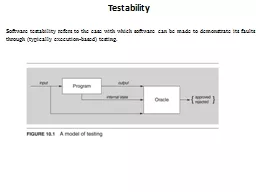


![[PDF]-Pro Functional PHP Programming: Application Development Strategies for Performance](https://thumbs.docslides.com/976861/pdf-pro-functional-php-programming-application-development-strategies-for-performance-optimization-concurrency-testability-and-code-brevity.jpg)
